Case Study: The Making of ‘City of Ghosts’
Every other Thursday on the blog, we dig into the archives from Film Independent Education and examine, in detail, one film’s production journey. Our hope is that filmmakers will take lessons from these stories to apply to their own projects. Good luck!
***
This week, a group of Syrian rebels–who call themselves “Raqqa is Being Slaughtered Silently”–risk their lives to document the atrocities committed by ISIS in their homeland.
THE FILM
Type: Documentary Feature
Director, Producer: Matthew Heineman
Co-Producers: Juan Camilo Cruz, Matthew Hamachek, Joedan Okun, Maya Seidler
Executive Producers: Alex Gibney, Molly Thompson, Maiken Baird, David Fialkow, Elaine Frontain Bryant, Stacey Offman, Robert Sharenow
Budget: Between $1-1.5 million
Financing: Grants, TV licensing, Private Equity
Production: November 2015–December 2016
Shooting Format: Canon EOS C300 Mark II
Screening Format: DCP
World Premiere: Sundance 2017
Distributor: IFC Films (US)
Awards: click here
DEVELOPMENT, FINANCING, PRODUCTION
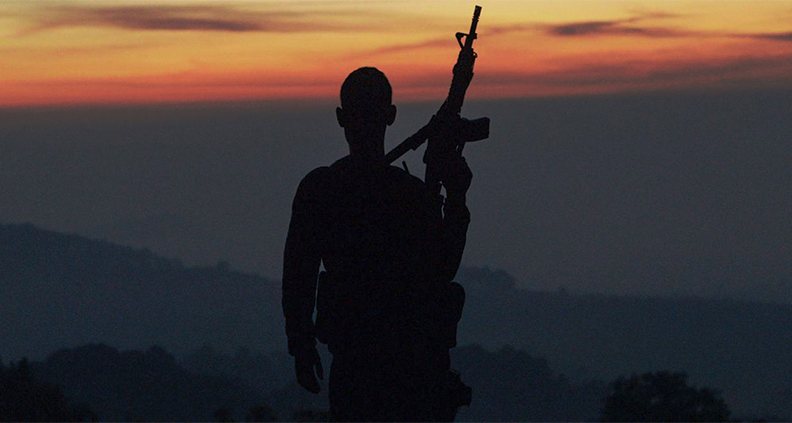
Directed, produced and filmed by Oscar-nominated and Emmy-winning filmmaker Matthew Heineman, City of Ghosts is a singularly powerful cinematic experience that is sure to shake audiences to their core as it elevates the canon of one of the most talented documentary filmmakers working today. Captivating in its immediacy, City of Ghosts follows the journey of “Raqqa Is Being Slaughtered Silently”–a handful of anonymous activists who banded together after their homeland was taken over by ISIS in 2014.
With astonishing, deeply personal access, this is the story of a brave group of citizen journalists as they face the realities of life undercover, on the run and in exile, risking their lives to stand up against one of the greatest evils in the world today. Filmmaker Matthew Heineman was still promoting his Oscar-nominated documentary, Cartel Land, when he first read about “Raqqa Is Being Slaughtered Silently” (RBSS) in a New Yorker article by David Remnick in November of 2015. Heineman had been looking for a story about ISIS for his next film, and he immediately responded to the struggle of the brave and determined group of citizen journalists.
By the following weekend he was meeting with several of the men, who initially expressed reservations about compromising their anonymity by allowing Heineman to follow and film them. Ultimately, the group decided it was a risk worth taking in order to expose the horrors ISIS was perpetrating in Syria.
A week after this first meeting, Heineman kicked off production by filming several of his subjects being honored at a Committee to Protect Journalists awards banquet in New York. He traveled to Turkey, where many of the men were in hiding at the time, continuing the work of RBSS. He followed the journalists when they fled that country for the relative safety of Germany. For the next year, Heineman returned to his subjects again and again for shoots that usually lasted four to five days at a time.
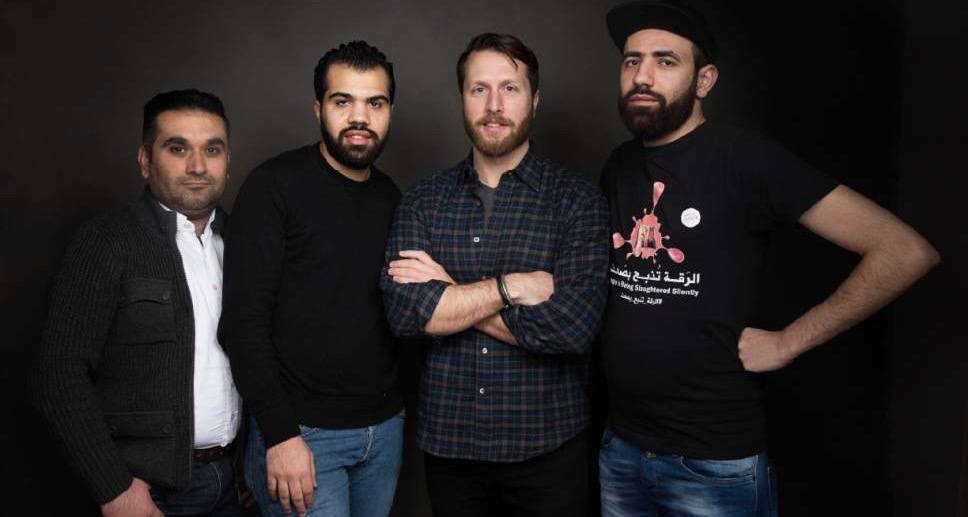
For Heineman, one of the biggest challenge of shooting the film was the logistics of filming people that were under extreme danger, people that were hiding in safe houses and who were always communicating through encrypted means. RBSS has 12 or so members who were frequently in different places, so it became a balancing act of when and where to be. In addition, there were also serious security concerns involved in shooting with RBSS.
ISIS has worked hard to paint the city of Raqqa as a jihadist paradise; the journalists worked tirelessly to counter ISIS’s online propaganda by sharing their own undercover videos, photos, and articles documenting the horrors of what was really going on in their hometown. They shared archival footage that pre-dated their relationship with the production, and continued to funnel video (some of which was exclusive) to Heineman’s team as they collected it—usually through heavily encrypted channels designed to protect those supplying the media from inside Syria.
While Heineman began shooting the film and collecting footage, he also started to build a team. He was already in talks with Alex Gibney’s production company, Jigsaw Productions, and Gibney came on board as an Executive Producer early in production. Heineman brought early footage to Molly Thompson—founder of A&E Networks’s documentary feature production arm, A&E IndieFilms—with whom he had worked on Cartel Land. Thompson was intrigued, and A&E soon became the film’s primary funder, supplying roughly 70% of the film’s budget in exchange for television rights and an equity stake. Private equity funding from two executive producers accounted for the majority of the remaining budget, and a grant from the Sundance Institute closed the gap.
For post, Heineman turned to trusted editors Matthew Hamachek and Pax Wassermann, both of whom also cut Cartel Land. Together with Heineman, they combed through the RBSS footage, searching for the images that would eventually make their way into City of Ghosts. Heineman had originally conceived of a story about the online propaganda war between ISIS and RBSS, but the team discovered that they were also telling an even bigger story about the immigrant experience, rising nationalism in Europe, the strength of brotherhood and the lasting effects of trauma.
FESTIVAL PREPARATION
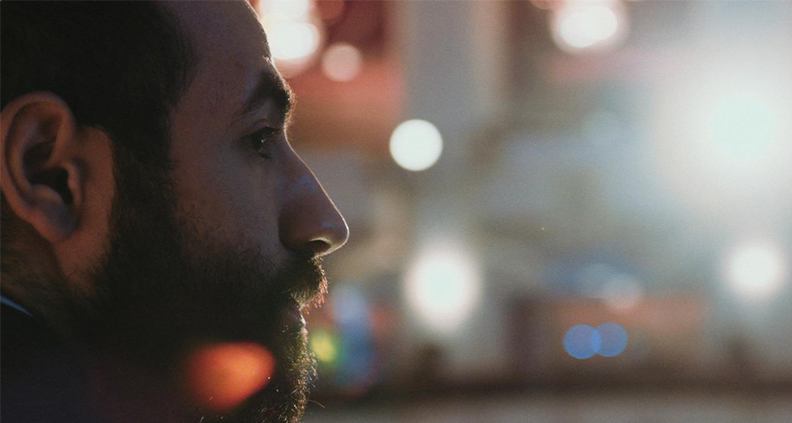
The team’s dream was always to premiere the film at Sundance, which had been a great champion of Heineman’s previous films Cartel Land and Escape Fire. With the Sundance deadline looming in September and the narrative still evolving, Heineman submitted a rough-cut that was close to two hours long. By the time of the festival, he and his team had refined it into a more economical and effective 90-minute narrative.
Due to security concerns, the producing team worked to keep City of Ghosts on a low profile in advance of the festival. The final cut was completed with only days to spare, and virtually no one had seen the film ahead of its January 2017 premiere. For Heineman and his team, having the subjects on hand at Sundance was incredibly important. Heineman’s team worked tirelessly to secure visitor visas for the principal subjects, and it was extremely gratifying to have the subjects at the festival and to witness them receiving lengthy standing ovations after each screening.
SALE AND RELEASE
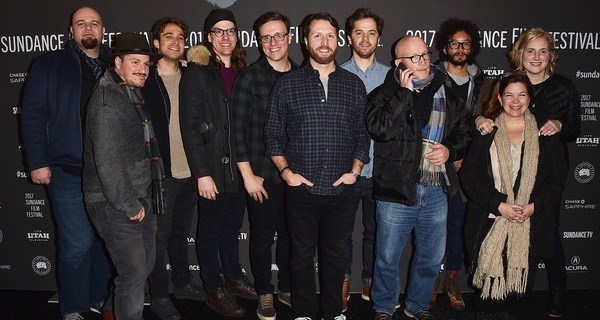
For the Sundance premiere, Heineman was reunited with much of his Cartel Land team. John Sloss’s Cinetic Media brokered domestic sales (for a standard commission) and DogWoof handled international sales. Ryan Werner at Cinetic and Nancy Willen at Acme PR again handled publicity.
The response was overwhelmingly positive, and the team immediately entertained offers from multiple buyers at the festival. But Amazon’s commitment to a robust theatrical release and an online life for the film made an impression on Heineman, who wanted to ensure that the project reached the broadest possible audience. Amazon purchased worldwide rights—partnering with DogWoof to sell the film internationally, and carved out television rights, which were already held by A&E.
Amazon released City of Ghosts in theaters in July of 2017 through a partnership with IFC Films, eventually playing close to 50 cities across the U.S. The film premiered on A&E on October 2, 2017, and premiered online via Amazon Prime on October 13.
ADVICE FROM THE PRODUCER
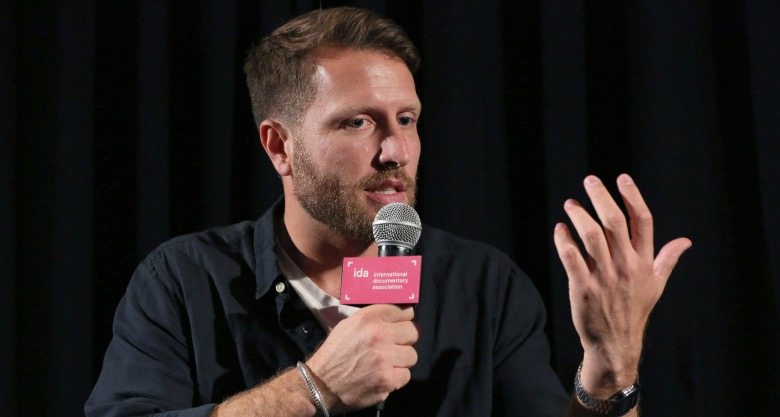
Heineman advises flexibility in letting documentary narratives unfold: “A mentor of mine once said, ‘If you end up with the story you started with, then you weren’t listening along the way.’ I think this is not only great advice for documentary filmmaking, but for life itself. Through filmmaking, I have learned the value of taking chances, about getting out of my comfort zone, about letting the story evolve. Always listen to the clues along the way because your story is supposed to change.”
Learn more by visiting our library of case studies for additional resources.
More Film Independent…